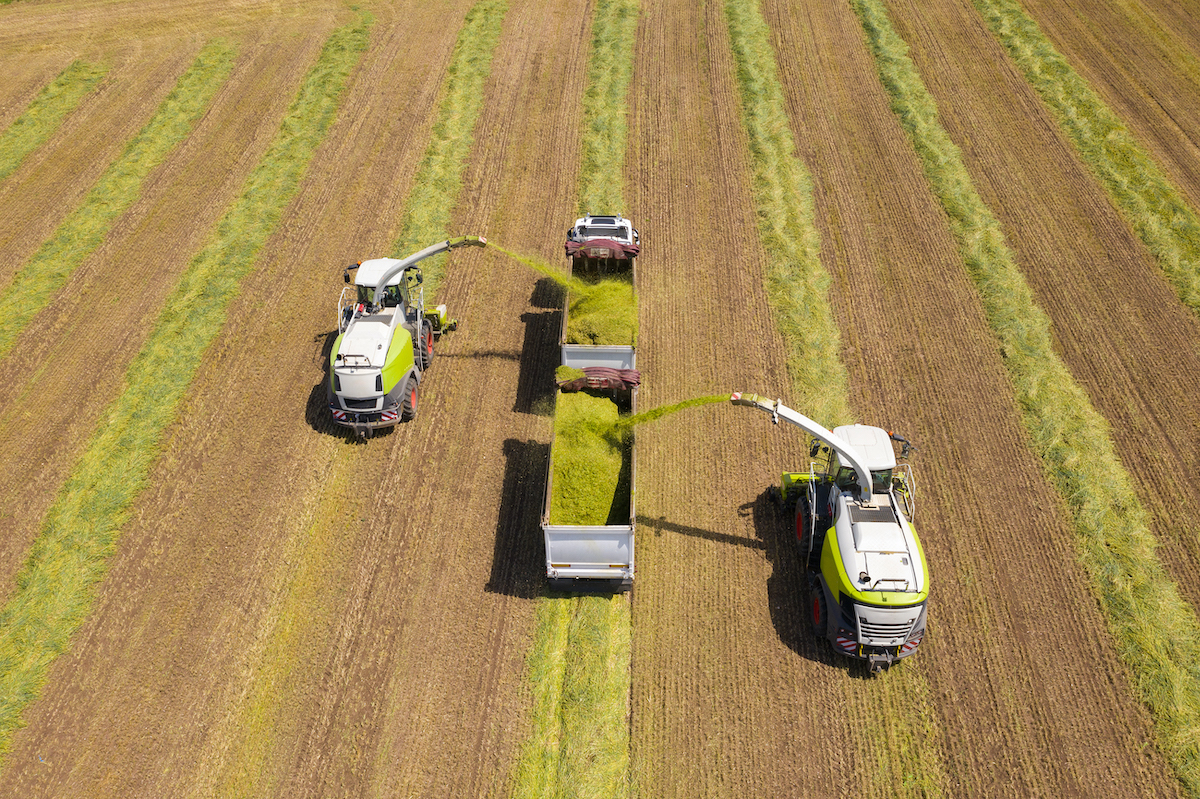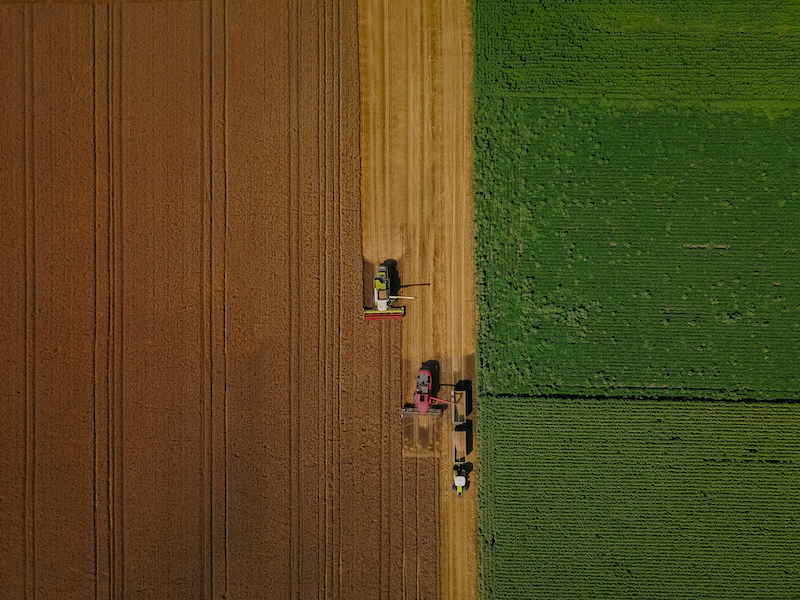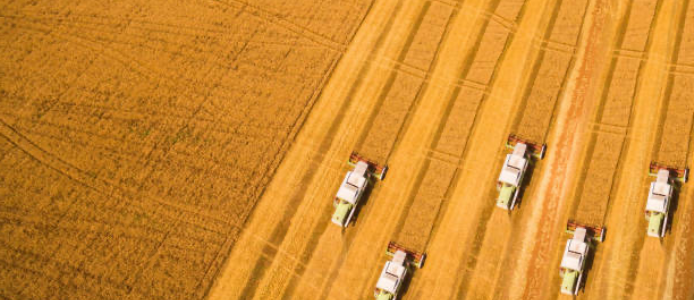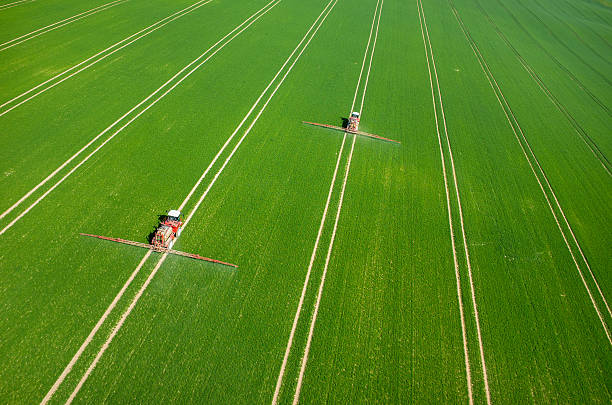This article was Part 1 in a four-part series on multi-machine agricultural systems, focusing on the current landscape and evolving opportunities in this area.
- Part 2 discussed impact of proper architecture and design
- Part 3 described strategies to develop connected machines in limited connectivity areas
- Part 4 addressed integration of fleet, task, and mission management
Automated agricultural machine controls over the last 30 years have been developed primarily by considering the machine itself (implement and tractor), its function, and where there could be opportunities to improve operation within increased automation. Technological advancements in connectivity and automation over the last decade have expanded the thinking of efficiency from the function of a single machine, to consider the operation of multiple machines together.
The progression of technologies that facilitate coordinated multi-machine systems can bring tremendous new value to farm operations. Shifting from a single-machine system to a multi-machine system, however, requires a fundamental shift in thinking. Machine manufacturers looking to become leaders in these areas need to change their focus from the operation of a single machine to multiple coordinated farming operation machines. This is similar to how the manufacturing industry shifted from individual craftsmen to the optimized production line during the industrial revolution. Just as optimized manufacturing does not consist of a factory full of individual craftsmen, the optimized multiple machine system does not consist of only many single machines, but rather machines that are designed to be part of a multi-machine system that are optimized to work in a coordinated manner. Machine manufacturers (and particularly implement manufacturers) that realize this, and think in terms of multi-machine systems, will begin to break away from the pack of OEMs trying to optimize their “craftsmen” by building machines that can harness the power of coordinated systems.







